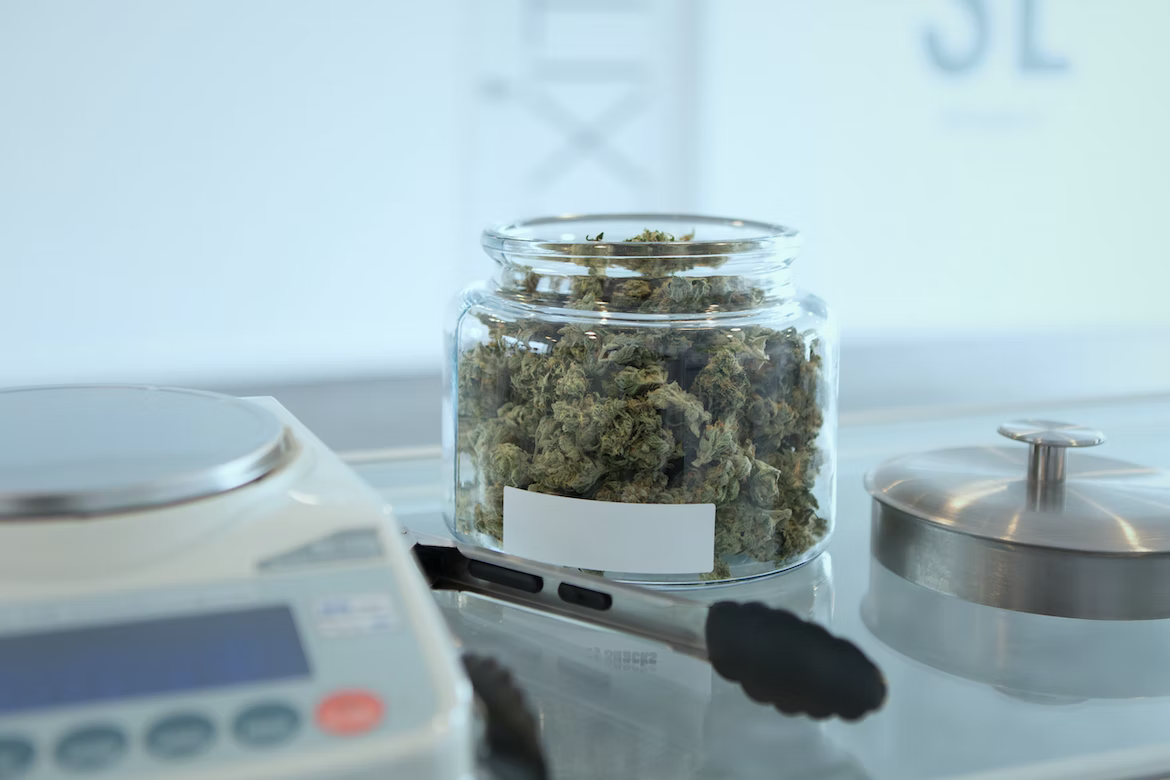Anyone who has been following the hemp business news recently has undoubtedly come across delta-8-THC, with its quickly expanding popularity and sudden availability in practically all sites where cannabidiol (CBD) is offered. While CBD can account for up to 25% of the chemical content of the hemp plant, the substance exists naturally in just around 0.1% of the plant material.
It is the most recent cannabinoid to be extracted from the hemp plant, allowing us to provide it in concentrated forms for more advanced benefits associated with the chemical. So, how can you use a quality delta 8 flower? Well, as it turns out, it’s useful for a lot of things.

Although the substance is relatively new to the scene, current research indicates that, like other cannabinoids, delta-8 provides unique qualities to the body that can be incredibly beneficial. Based on the features that have been explored since the compound’s isolation, one of them is its potential impact on pain.
What We Know So Far
Delta-8 has the potential to provide unusually strong pain relief since it connects to CB1 receptors in the neurological system. The nervous system is made up of a network of receptors linked to the body’s nerve endings that record pain and send messages to the brain, informing it that it has been wounded.
The cannabinoid receptors of the nervous system are mostly responsible for adjusting the sensitivity of these receptors, allowing humans to feel pain less acutely. As previously said, the substance is still being investigated for its effects on the body. And because it is so new to the arena, there aren’t as many studies available as there are for CBD.

Delta-8-THC Products to Try
If you want to utilize delta 8 for pain treatment, you need to be aware of the various administration techniques and how they affect pain levels. The following are some products that you can use to achieve your goal:
- Inhalable items: We may inhale this substance into our lungs by using inhalable products. This mode of administration promotes highly fast-acting benefits, which are frequently noticed within minutes. Because of the nature of lung absorption, the effects are very powerful.
- Tinctures: These are administered sublingually, or beneath the tongue. They are packaged in vials with dropper lids, making it simple to portion out each dose and apply it to the sublingual area. Tinctures might take 30 minutes to an hour to become effective, with effects lasting up to 6 hours. The fact that it is available in a variety of milligram strengths allows patients more control over their potency levels.
- Edibles and capsules: Both work in the same way, with the component passing through the digestive system before being released into circulation. Because of the long-lasting benefits that edibles and capsules give, many patients prefer them. This is the most long-lasting administration strategy, with effects often lasting 8 hours or more. The effects can take up to two hours to take effect, but many people say the wait is well worth it.
It is up to you which option to choose. But you can be sure about achieving the desired effects and combating the condition.
